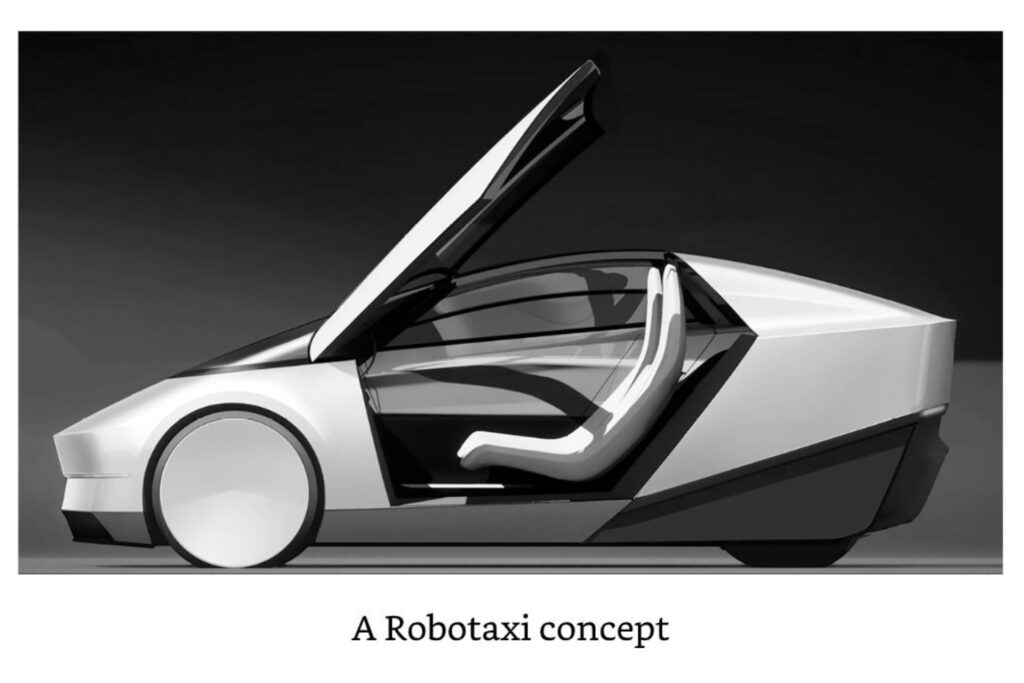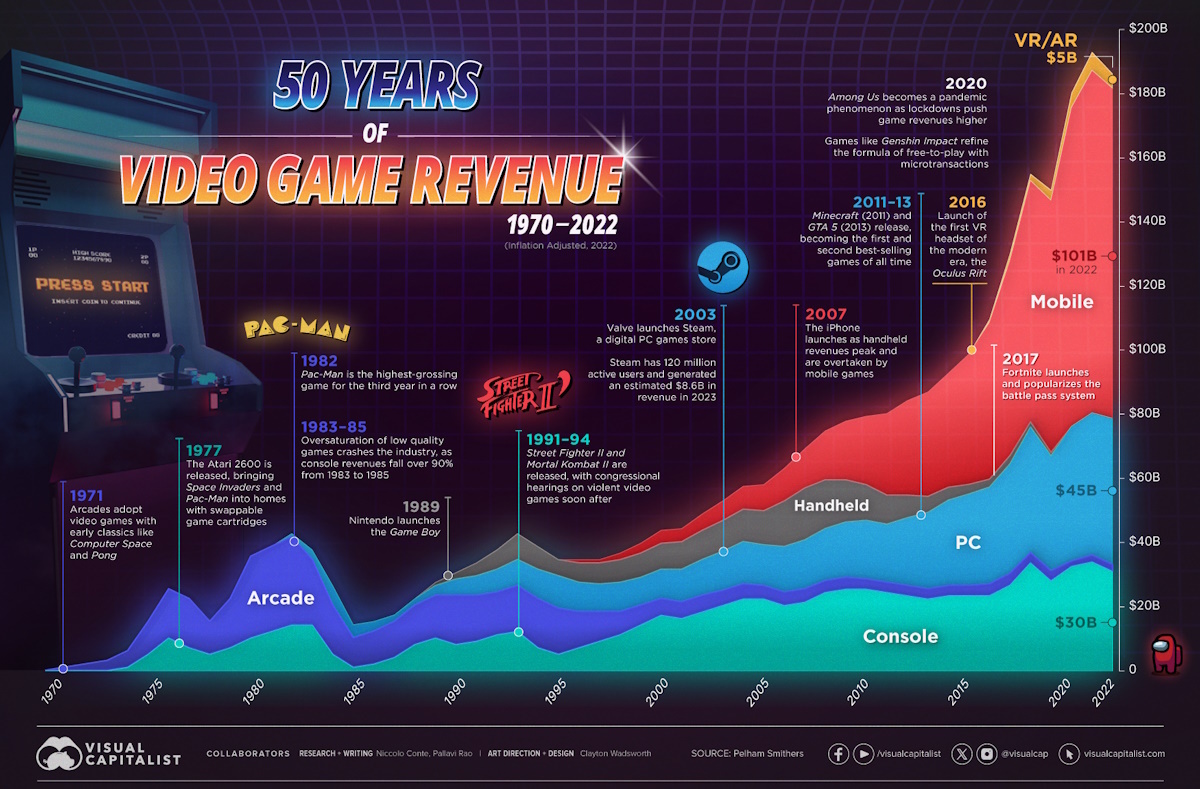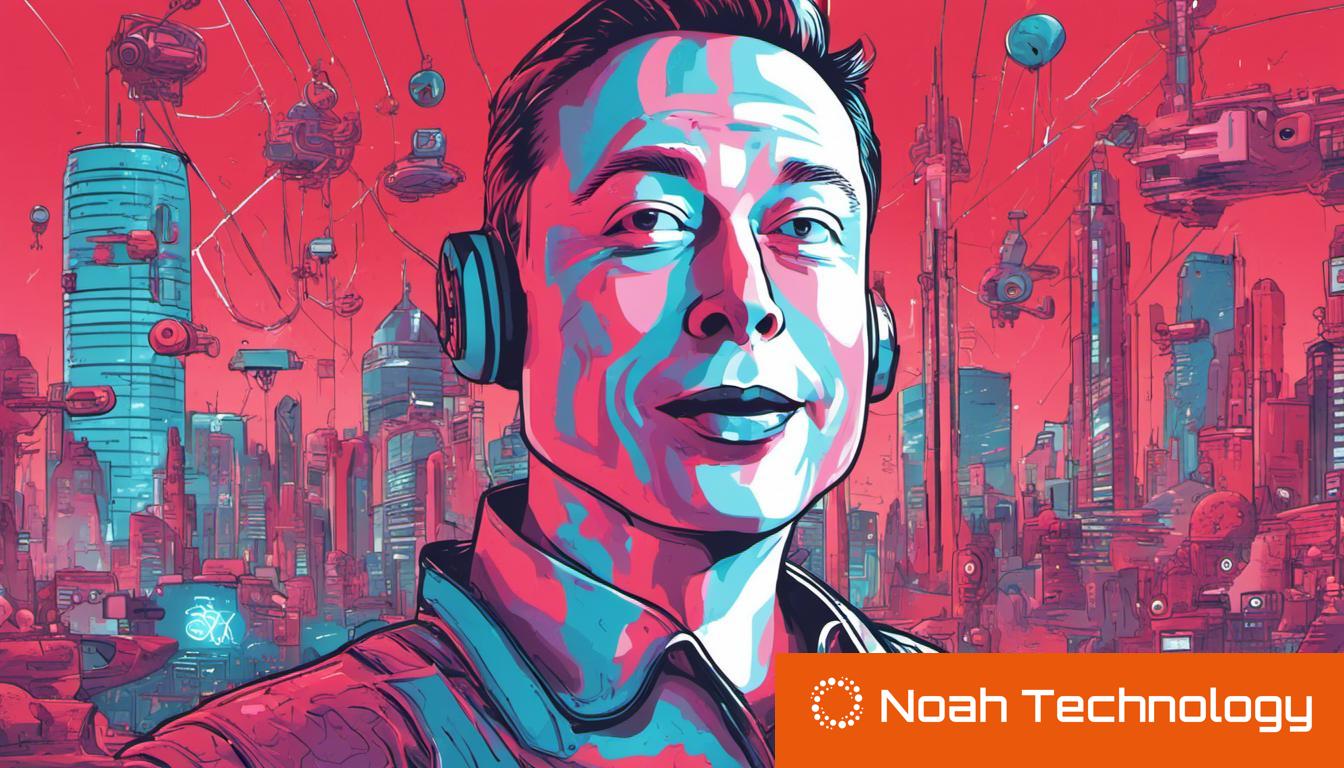Tesla's Robotaxi: A Driverless Future or Just a Distant Dream?

Tesla's Robotaxi: A Driverless Future or Just a Distant Dream?
The promise of self-driving cars has been on the horizon for years, and Tesla's robotaxi project is one of the most ambitious attempts to bring this vision to reality. But is it a revolutionary step towards a driverless future, or just another overhyped tech project facing insurmountable challenges?

Tesla Robotaxi Concept Design
What is Tesla Robotaxi?
Tesla's robotaxi is an autonomous ride-hailing service that aims to provide transportation without the need for a human driver. The service relies on Tesla's Full Self-Driving (FSD) technology, which uses a network of cameras, sensors, and powerful onboard computers to navigate and make driving decisions. Tesla envisions a future where its vehicles can operate as a network of self-driving taxis, providing convenient and affordable transportation to anyone, anytime.
The Technology Behind the Wheel
The core of Tesla's robotaxi is its FSD system. This technology is constantly evolving, with Tesla releasing regular software updates to improve its capabilities. However, FSD has also faced scrutiny and regulatory challenges due to safety concerns and accidents linked to the system. The success of the robotaxi project hinges on the full development and regulatory approval of FSD.
- Neural Networks: Tesla uses deep learning to process visual data and make driving decisions.
- Sensor Fusion: Data from cameras, radar, and ultrasonic sensors are combined to create a comprehensive understanding of the vehicle's surroundings.
- End-to-End Learning: Tesla is moving towards an end-to-end neural network approach, where the entire driving task is learned by a single AI model.
Challenges and Roadblocks
Despite the ambitious goals, Tesla's robotaxi faces several significant challenges:
- Regulatory Hurdles: Gaining approval from regulatory bodies to operate fully autonomous vehicles on public roads is a complex and ongoing process.
- Safety Concerns: Ensuring the safety of passengers and other road users is paramount. Any accidents or safety incidents could significantly delay or derail the project.
- Technological Limitations: While FSD has made significant progress, it still struggles with certain driving scenarios, such as unexpected events, adverse weather conditions, and complex intersections.
- Competition: Companies like Waymo and Uber are also developing autonomous ride-hailing services, creating a competitive landscape.
The Competition: Waymo and Others
Tesla isn't the only player in the autonomous ride-hailing game. Waymo, owned by Alphabet (Google's parent company), has been testing its robotaxi service for years and has already achieved significant milestones. Other companies, like Uber and Lucid, are also exploring partnerships to enter the market. This competition could drive innovation and accelerate the development of autonomous driving technology, but it also means that Tesla needs to stay ahead of the curve to succeed.
Key Takeaways
Tesla's robotaxi project represents a bold vision for the future of transportation. While the company has made significant progress in developing autonomous driving technology, it still faces numerous challenges, including regulatory hurdles, safety concerns, and technological limitations. The success of the robotaxi will depend on Tesla's ability to overcome these obstacles and deliver a safe, reliable, and affordable autonomous ride-hailing service.





